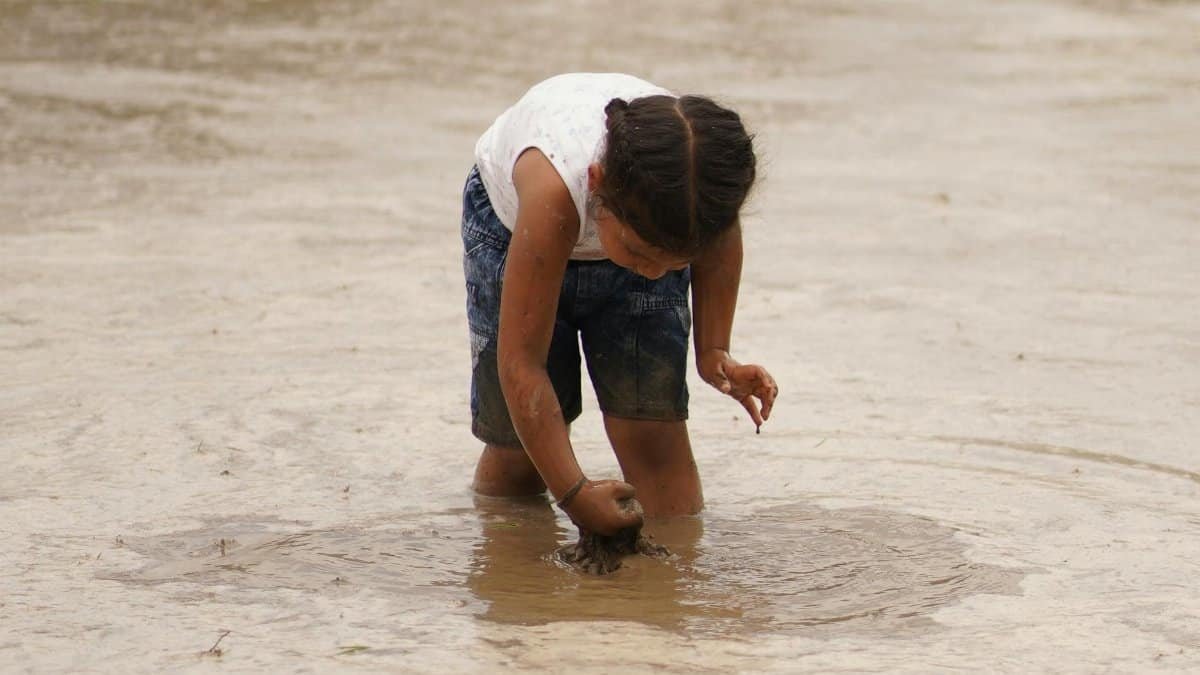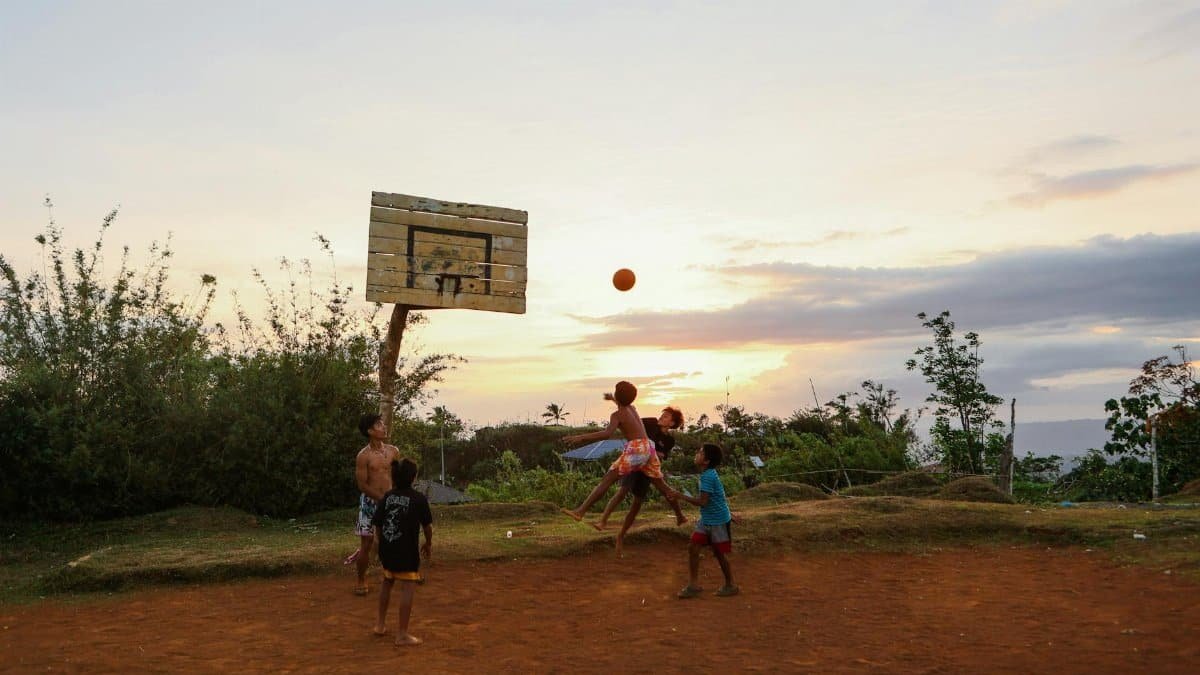Is cloud game kids anxiety the simple trick parents have been waiting for to help their little ones cope with stress? This quick, imaginative exercise, often called the “Name-It” cloud game, encourages kids to spot shapes in the sky and name the clouds after their worries, externalizing fears in a playful way. It’s a five-minute activity that’s gaining traction among therapists and families across the U.S. in 2025 as a creative tool to ease anxiety without heavy conversations or clinical settings.
What Is the “Name-It” Cloud Game?

The “Name-It” cloud game is a straightforward activity where children gaze at the sky, identify cloud shapes, and assign names to them based on their worries or fears. For instance, a cloud might be called “Test Stress” or “Friend Fight.” By naming their anxieties, kids can externalize and distance themselves from overwhelming emotions. Therapists note this helps children process feelings indirectly, making it less intimidating than direct discussion.
Why Does It Work for Anxiety?

Anxiety in kids often feels abstract and uncontrollable. The cloud game gives a tangible focus—clouds—and a sense of agency through naming. According to child psychologists, this act of externalizing worries can reduce the emotional weight of anxiety. A 2021 study from the American Psychological Association highlights that creative play can lower stress responses in children, supporting the game’s potential effectiveness.
How to Play with Your Child

Getting started is easy. Find a spot outside on a day with visible clouds. Lie down or sit with your child and ask them to pick out shapes. Encourage them to name a cloud after something bothering them. Keep it light—laugh about funny shapes or silly names. Limit the activity to five to ten minutes to avoid overthinking. No pressure, just imagination.
Benefits Beyond Anxiety Relief

Besides easing worries, the cloud game fosters bonding. Parents and kids share a quiet, screen-free moment, building trust. It also sparks creativity, as children invent stories or characters for their cloud “worries.” Some educators even use it in classrooms to teach mindfulness, showing its versatility as a calming tool in various settings.
Expert Insights on Its Impact

Child therapists are increasingly recommending cloud game kids anxiety exercises for their simplicity and accessibility. Dr. Emily Carter, a pediatric psychologist, says, “It’s a low-stakes way to open up emotional dialogue without forcing a child to confront fears head-on.” Research from National Institutes of Health also suggests that art and play-based interventions can significantly improve mental health outcomes for young kids.
When to Seek More Help

While the cloud game can be a helpful start, it’s not a cure-all. If a child’s anxiety persists, disrupts sleep, or affects daily life, parents should consult a professional. The game works best as part of a broader strategy, paired with open communication and, if needed, therapy. It’s a tool, not a replacement for deeper support when necessary.
